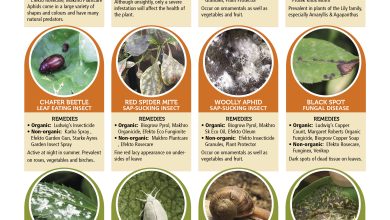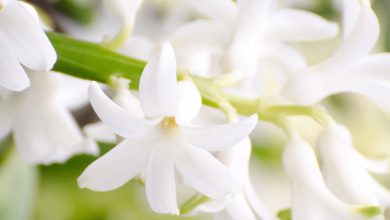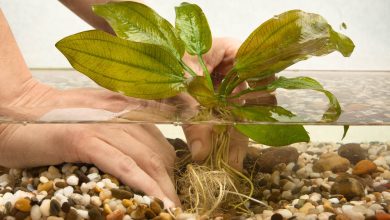Types and Varieties of Oats
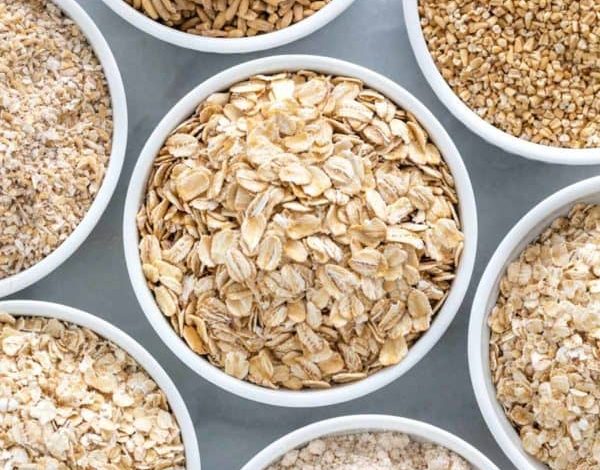
What will you learn in this article?
We analyze the most common and famous types and varieties of oats worldwide, as well as the characteristics that each of these varieties have and where you can find them.
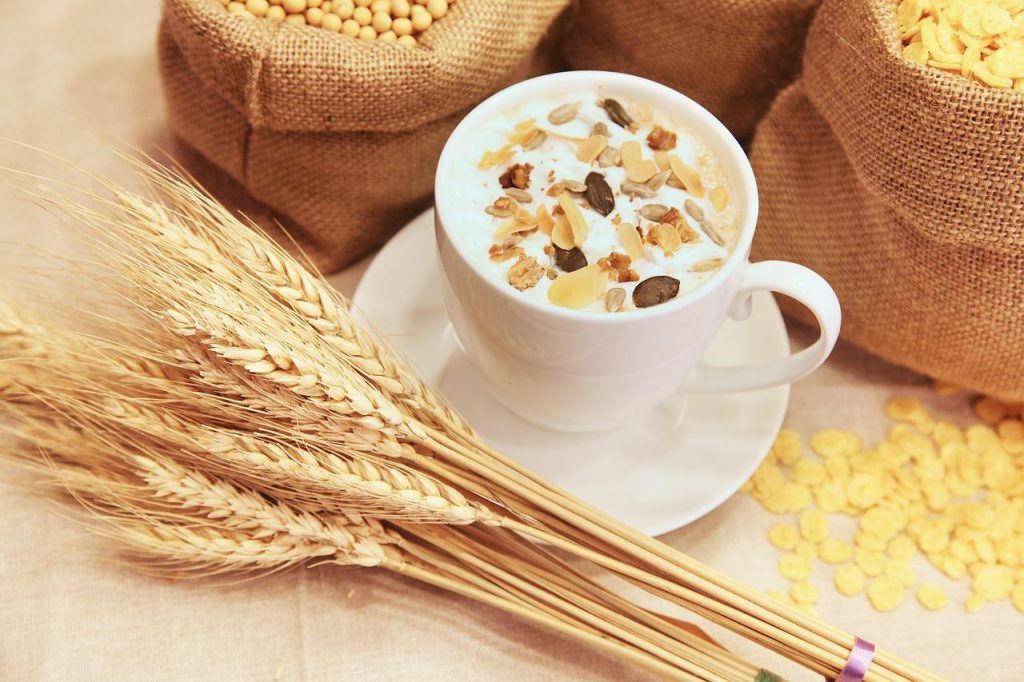
Oats (scientific name Avena sativa) is an annual herbaceous plant belonging to the grass family, native to Central Asia and northern Europe, which before being cultivated was mistakenly considered a weed of barley and wheat .
Now it is one of the most important foods for human beings due to its excellent contributions to health, being the most important cereal in the winter of the cold climates of the northern hemisphere and the fifth place in world production.
Did you know…?The countries that produce it on a large scale are, in that order: Russia, Canada, the United States, Finland, Australia, Germany, China, Sweden, Ukraine, Spain, the United Kingdom, Argentina, Romania, France, Chile and Brazil.
Oats rank fifth in world cereal production, with Russia at the head of the annual total, estimated at 6,135,000 tons per year, with an indisputable preference in cold- climate countries in the northern hemisphere of the planet.
In Spain, where the consumption of oats has doubled in recent years, especially at breakfast, we find many wild species of oats, unlike wheat, which do not exist.
Types or varieties of oats
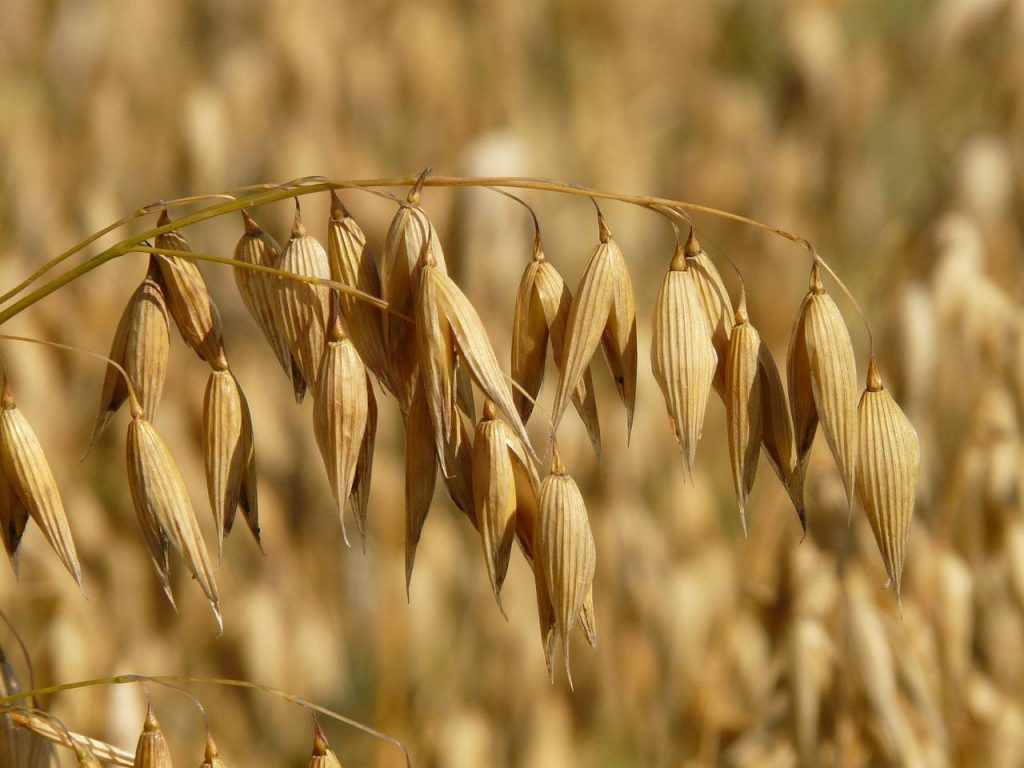
There are several criteria to follow in relation to the selection of varieties. They have to do with the following factors: color and quality of its grain, productivity of the species, resistance to lodging, proliferation of diseases and tolerance to cold.
Of all, temperature is the most important of the environmental factors, because it determines the type of variety.
Thus, there are winter oats, which dominate areas with mild winters, and there are also varieties of spring oats, with an early maturity process and the ease of being cultivated north of the region destined for winter oats.
Likewise, there are varieties located in the so-called mid-season, which show a later maturity and are planted in the coldest fringes of the temperate regions of the Earth.
In Spain, the region where oats are mostly grown is in Castilla-La Mancha, registering around 266 thousand tons of this wonderful cereal per year.
Andalusia and Castilla-León are located in the second and third position, respectively.
Other regions are Extremadura, Navarra, Aragón, the Basque Country, Murcia, Catalonia, the Valencian community, the Balearic Islands, Madrid and La Rioja, in order of production.
There are multiple varieties of these productions, some of which are the following, both in Spain and in other latitudes.
Albatross Oatmeal
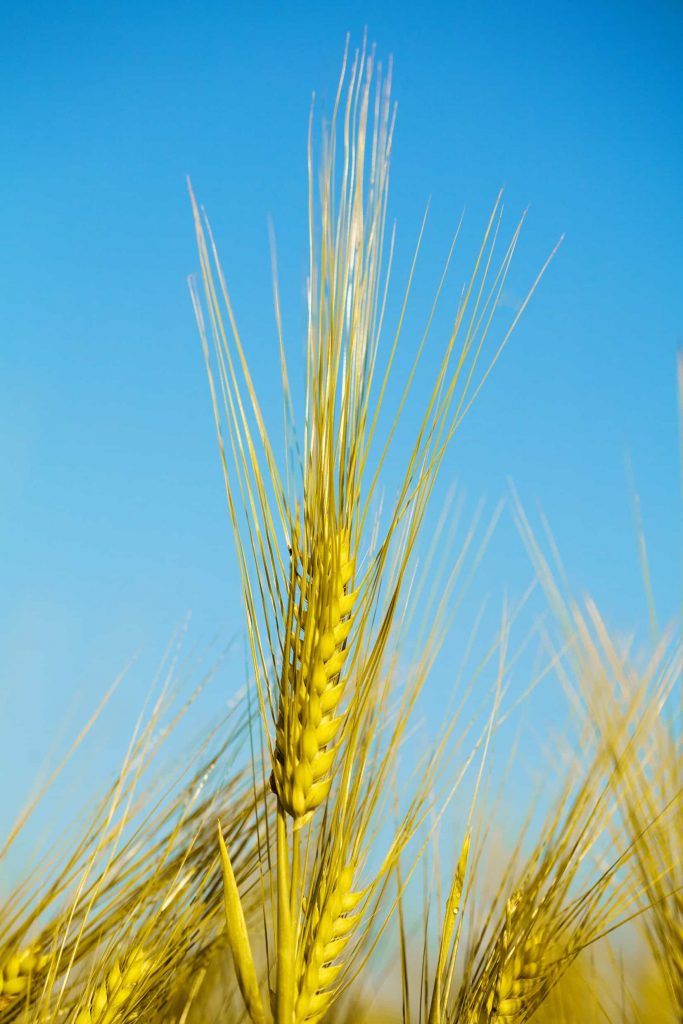
It is a white oat with high productivity, tall size and very good resistance to lodging.
It is No. 1 in France and has double grain/forage.
It should be sown between November to January, in dry land, with good rooting and acceptable resistance to diseases.
Forridena oatmeal

The best planting time begins between October to December, although it will depend on the area where it is done.
It is resistant to diseases and has optimal levels of tillering. Their productivity is also very high and forage production is maximum, as is their size.
Violet Oatmeal
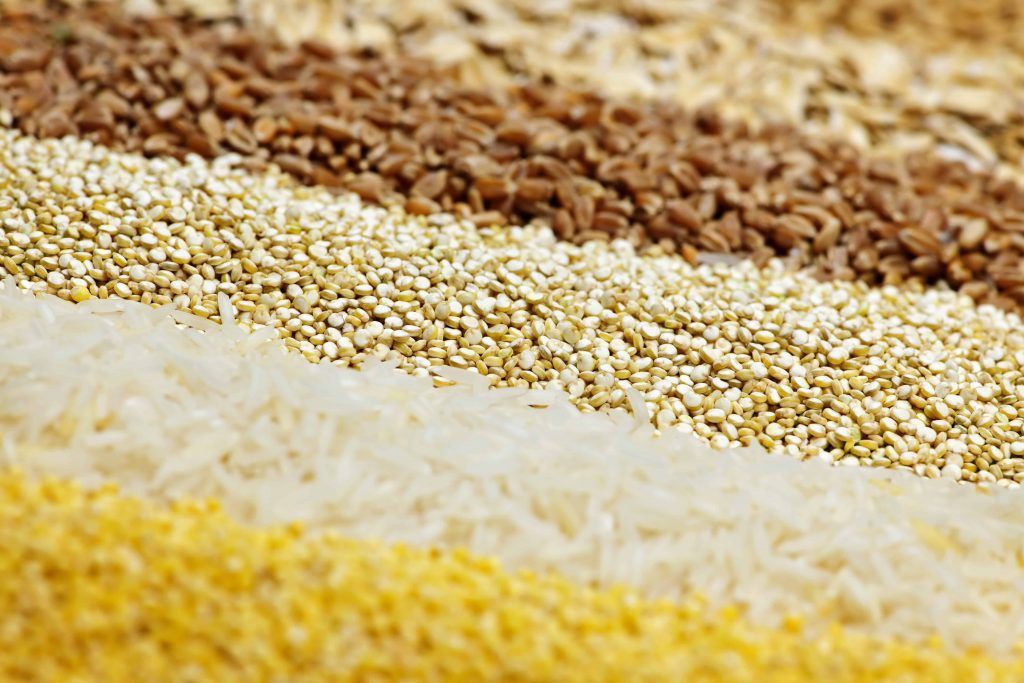
White oat variety known commercially as Violeta INTA, in reference to the cultivar that has high forage productivity, with excellent regrowth, characterized by being totally resistant to all races of leaf rust (disease).
Violet oats were tested in Buenos Aires, La Pampa, Santa Fe, Córdoba, Entre Ríos and Corrientes in Argentina, showing in all of them a great potential for forage yield throughout the vegetative cycle, especially in autumn and winter.
Snow White Oatmeal
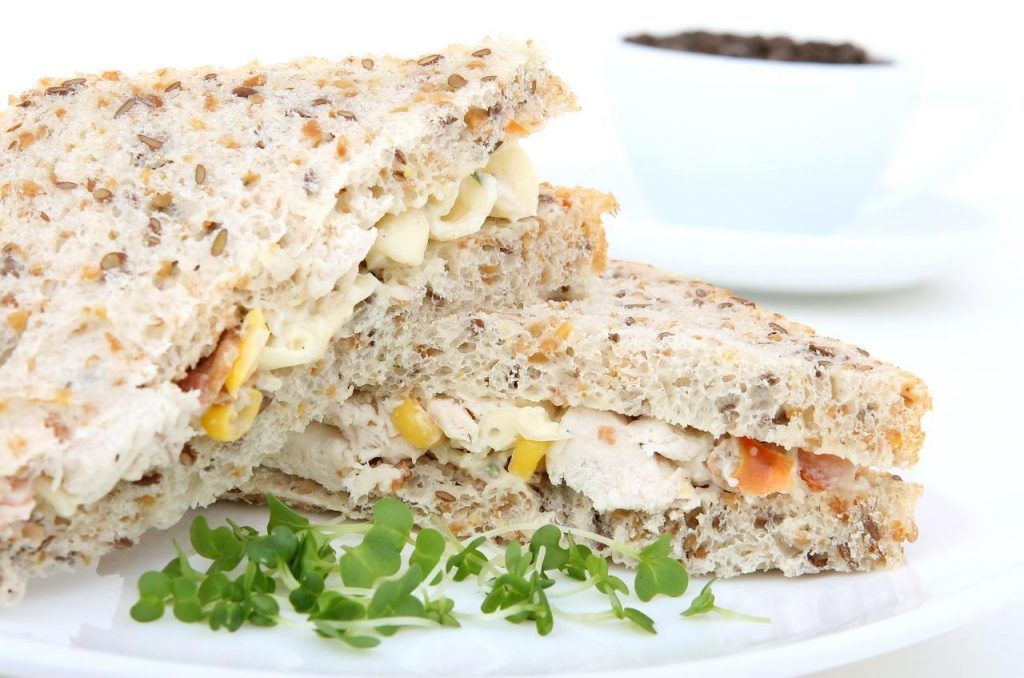
This early variety is widely consumed in Europe. It is a winter white variety, obtained at INIA in France.
It has a grain of white color, of specific weight. Resistant to lodging, sensitive to cold and yellow rust, it has a very good production, which ranges from regular to high.
Grace
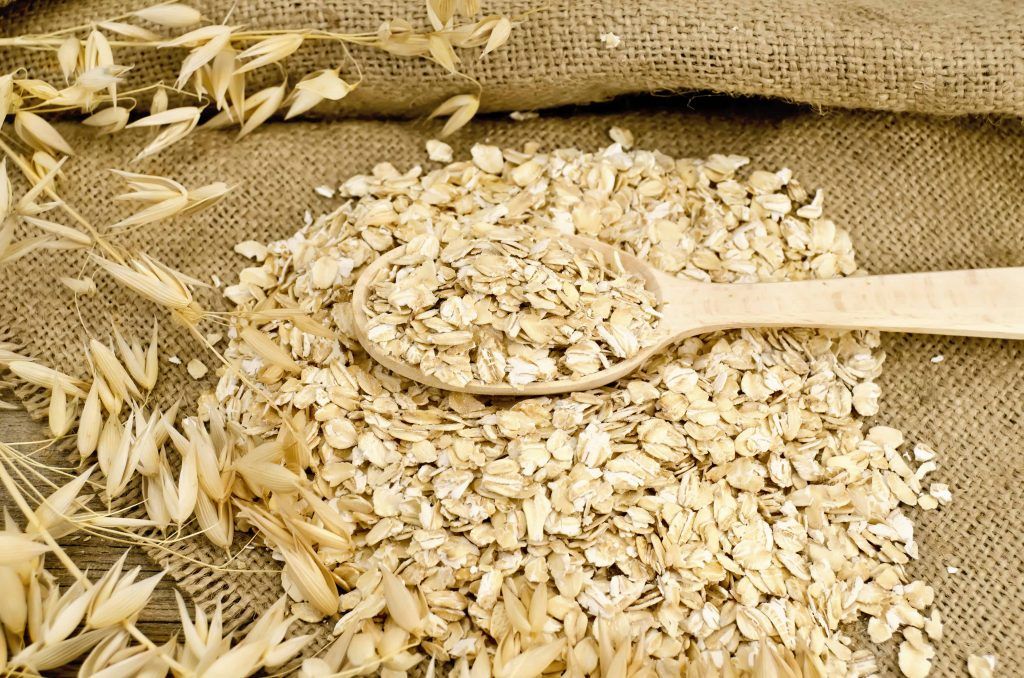
It is another variety of INTA oats, included in grazing and cutting trials for six years, with a high potential for green forage yield throughout the cycle. It is slow growing, which allows us to envision a large production in autumn and winter, with good regrowth and an excellent attitude for grazing.
It is an oat that resists cold and drought very well; also to leaf rust, stem rust and dwarf virus.
Condor Oatmeal
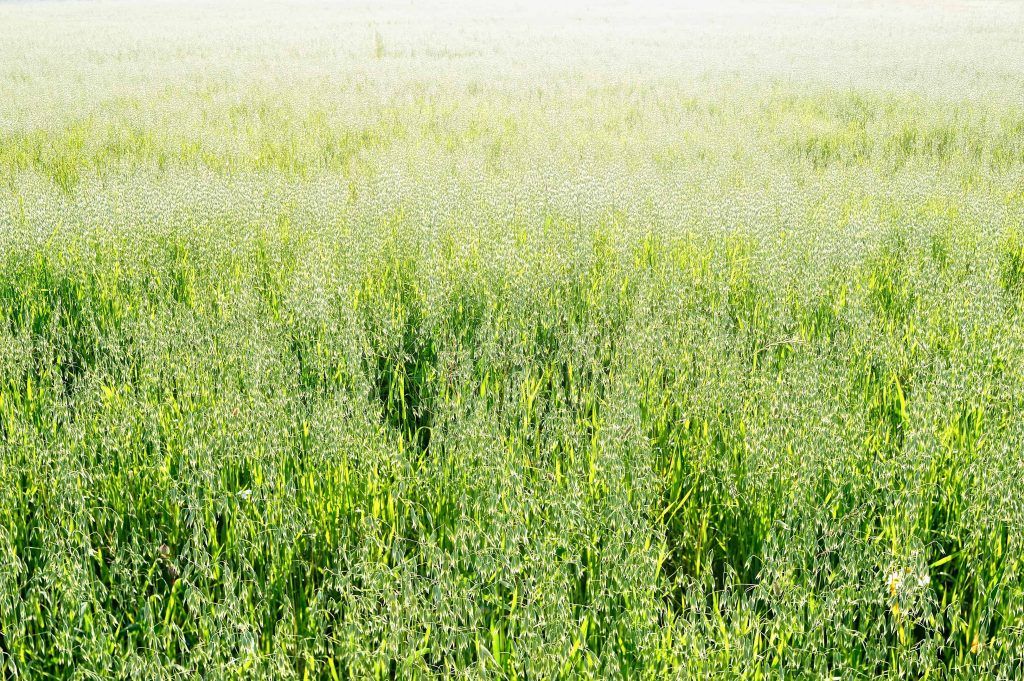
Variety obtained in Holland, especially for spring sowing in fertile lands; like Snow White, sensitive to yellow rust and resistant to lodging. White grain.
Therefore, it is considered a spring oat.
Crystal Oatmeal
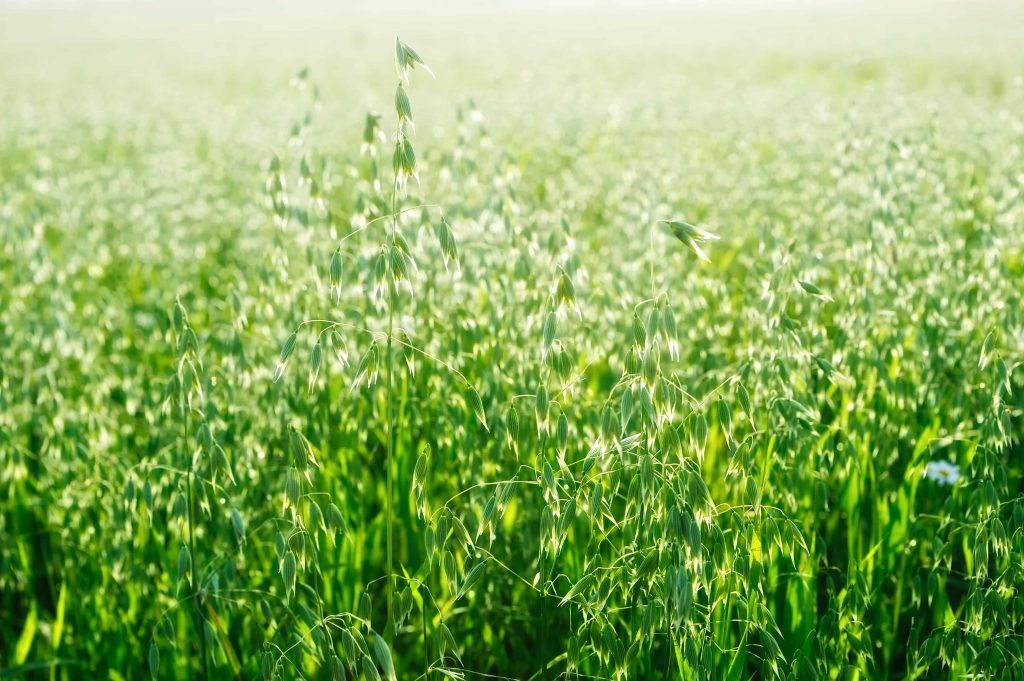
It is the variety of oats par excellence in Argentina, where it is the most planted in the entire Pampas region. It is of moderate initial growth, and its greatest forage production occurs in late autumn and during winter. It sprouts very well and has good development.
Cristal is one of the best grain yields, medium to large in size, with very good commercial quality.
Oats Forecast
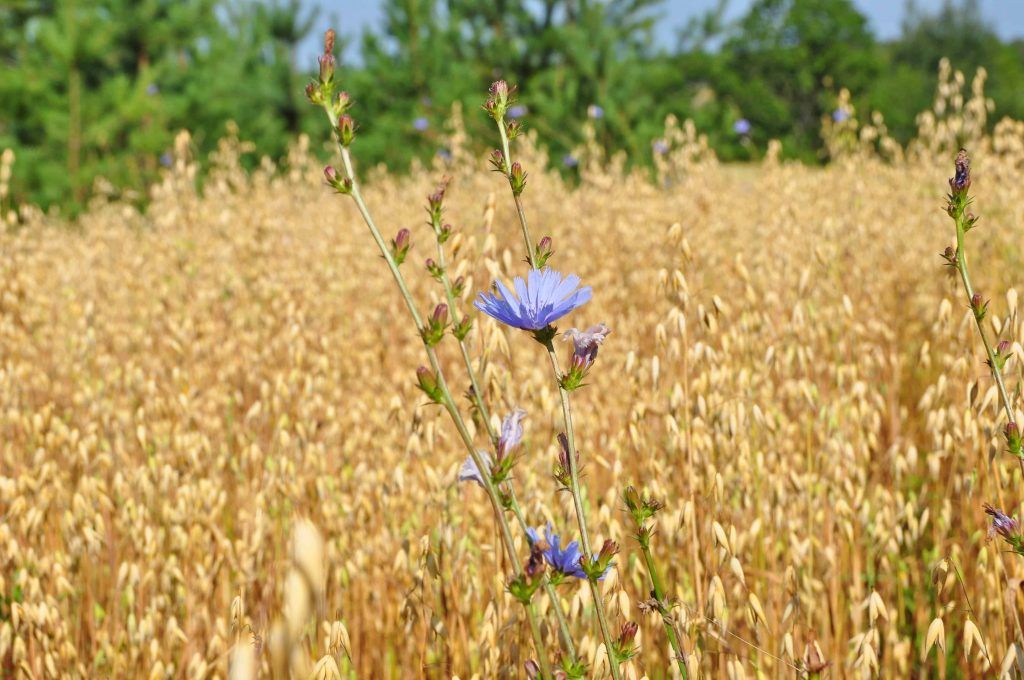
It is a type of oat that we find in Argentina, red grain, quite early, with the advantage of being resistant to drought. It is very productive.
Moyencourt
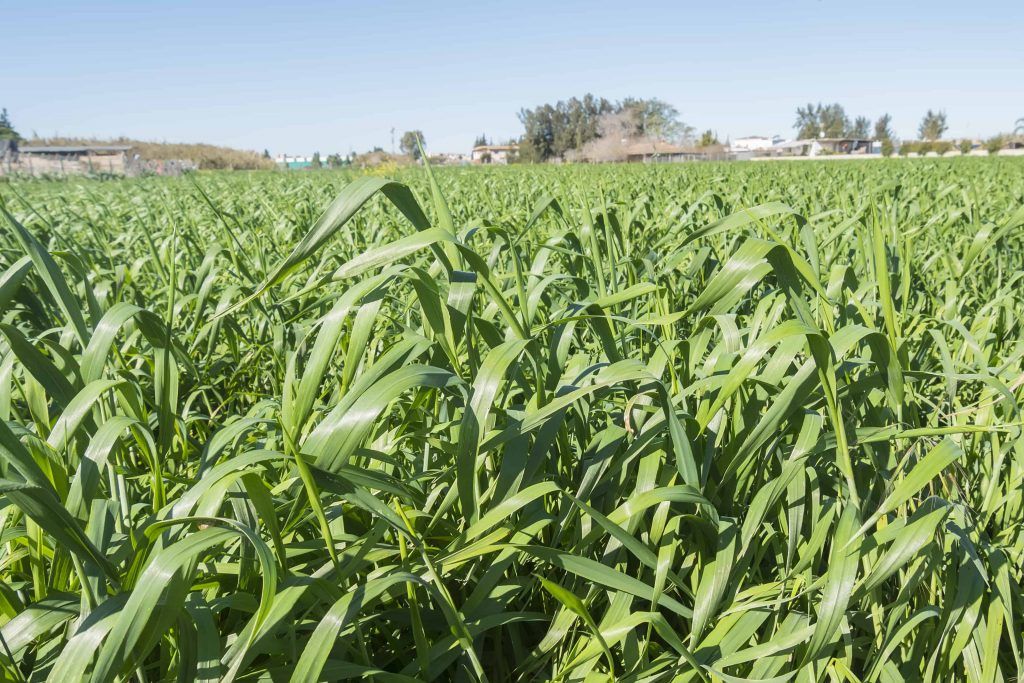
It is a black-colored grain oat with a high specific weight, with a medium-length stem. Very early variety, obtained in France, with little resistance to cold and sensitive to rust and shelling.
In Uruguay and Argentina there is a long tradition in oat crops, but it should be noted that the largest production in America is concentrated in Buenos Aires, Argentina, where around 74% of the total oat grains are produced, equivalent to about 154 thousand hectares.
Let’s see some of the most outstanding.
Byzantine oats C. Koch.
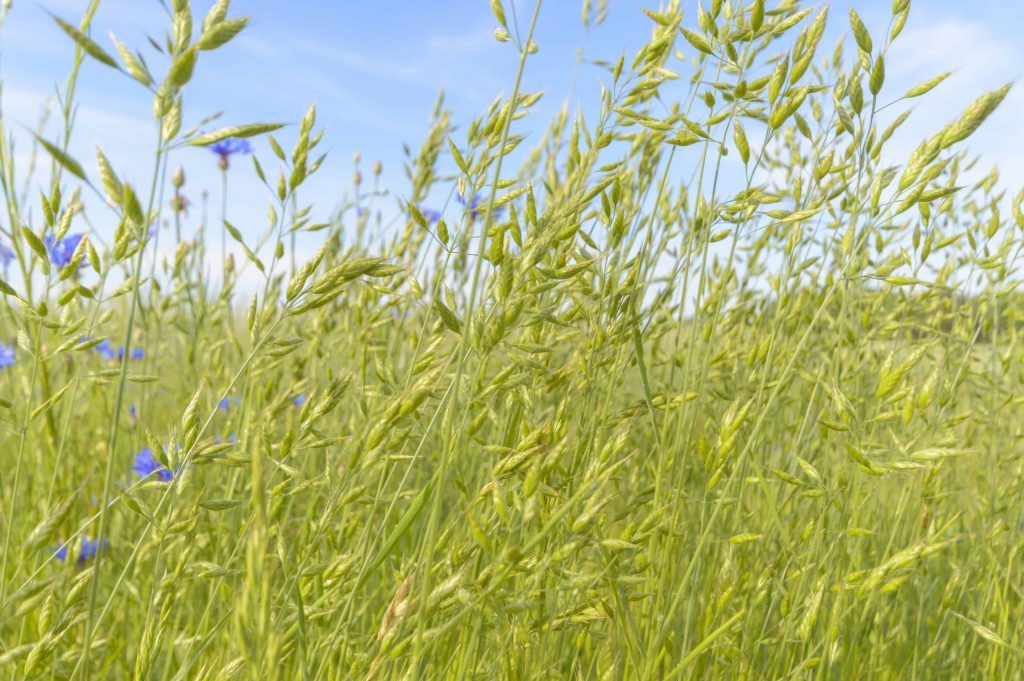
It is a type of yellow oats, whose grain has lower yields, but the shell/grain ratio is high. With a reddish-yellow coloration on its seed coat, it is highly susceptible to lodging, but it is a species that is highly adapted to grazing, thanks to its thin leaves and dense tillering.
It is possible to cross this variety with the Avena sativa species, another botanical, resulting in a classification considered sativa in most producing countries.
They are also used to generate genetic improvement, by combining sanitary and productive characteristics of both.
Avena strigosa Schred
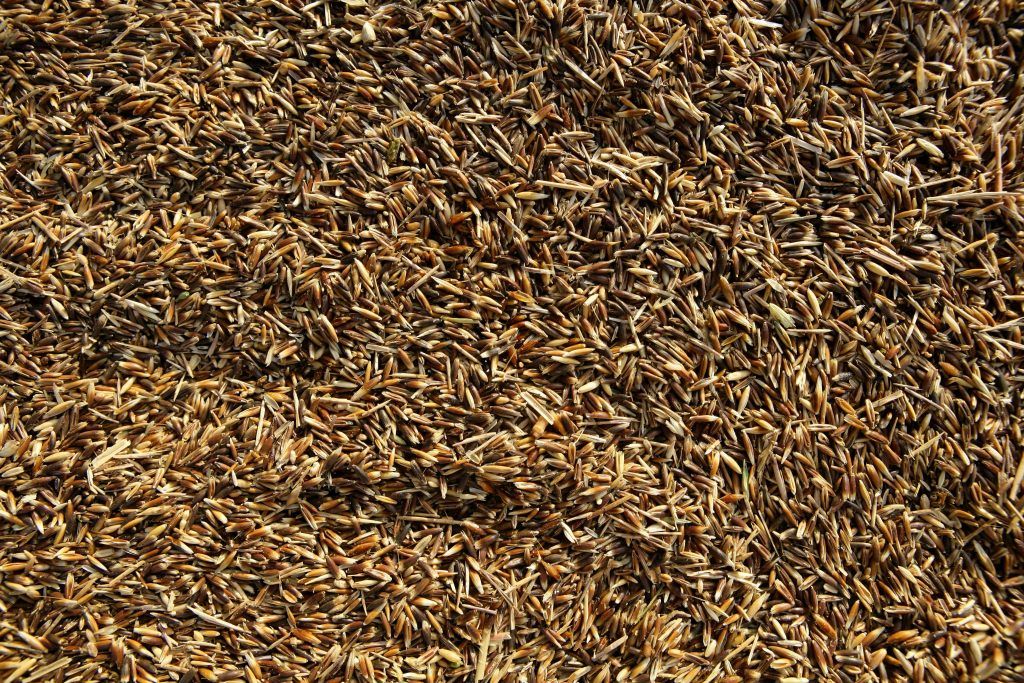
Although it is worth mentioning in advance that the black-grained varieties generally have a low yield, given their small dark to black seeds, fine leaves and stems, it is also true that these varieties are used for direct grazing, due to their that show an early production of fodder as well as green manure in the so-called short rotations.
Avena sativa L.
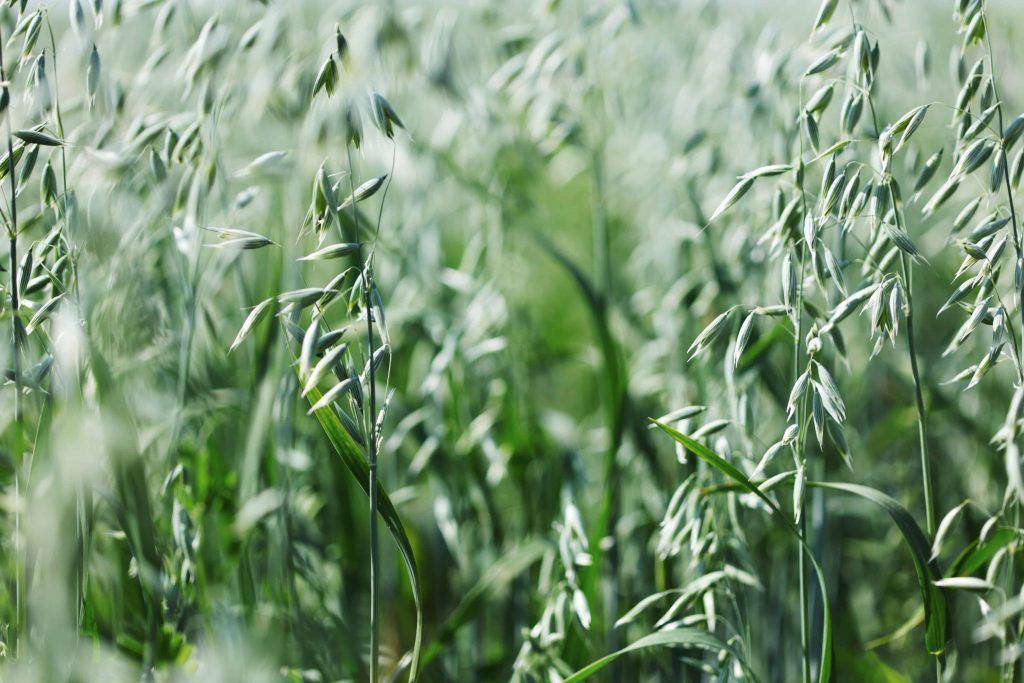
The so-called white oat cultivars are included in this variety, selected because they have a very high yield and grain quality with a low proportion of husk, which makes it very attractive.
The plant has broad leaves and its growth is erect, with rapidly developing foliage, strong cane and fairly compact panicle.
What characteristics does oatmeal have?
As we have indicated, oats are produced in many countries around the world and are abundantly consumed everywhere, as it is a very healthy food that helps in the body’s functions.
Oatmeal can be taken cold or hot, cold as a soft drink, and hot, thicker, as a breakfast cereal, which, as in Spain, is done in much of the world, since it is an exquisite, healthy food, that falls very well in the stomach and that has extensive medicinal properties.

However, in some regions, such as the United Kingdom, it is used in other activities, as it is used to make beer and is also mixed with honey and whiskey.
In the bakery business, it is used to make oatmeal bread, cookies and cakes; in gastronomy, as an accompaniment to various dishes.
Also, oats are an excellent food for horses and other animals.
Why is it beneficial to consume oatmeal on a regular basis?
The medicinal properties of this plant are in its components: saponins, flavonoids, minerals (including calcium), alkaloids, sterols, vitamins B1, B2, D and E, carotene, silicic acid, protein, starch and fat.
These supplements make it useful as an aid for skin problems and even for making cosmetics, balance the menstrual cycle and treat osteoporosis.
Studies confirm that oats are ranked as one of the most nutrient-dense whole grains on Earth. They are an excellent source of fiber and contain essential vitamins, minerals and antioxidants. Pure oats are gluten-free and high in plant-based protein, adding to their appeal.
To make sure you’re eating pure, high-quality oats that are free of pesticides and other harmful substances, look for products that are certified organic and non-GMO.
Here are some good reasons to add whole grain oats to your diet:
Skin health and protection
A specific antioxidant called Avenanthramides is found almost exclusively in oats. This antioxidant reduces inflammation and protects the skin from irritation and ultraviolet radiation.
Oatmeal can help relieve symptoms of skin conditions such as eczema, psoriasis, and sunburn.
Balances blood sugar and lowers cholesterol
The soluble fiber in oats can help control blood sugar levels and lower cholesterol, which is important in preventing serious health problems like heart disease, vision loss, and kidney disease.
better digestion

Beta-glucan, a type of dietary fiber present in oats, is very beneficial for good digestion. This soluble fiber supports the health of the digestive tract and increases the diversity of the intestinal microbiota (good bacteria).
Regulates bowel movements and prevents constipation. Beta-glucan may protect against colon cancer.
Can help with weight loss and control
Once again, the beta-glucan fiber present in oats is helpful in managing body weight:
- Increases satiety, helping you feel full for longer.
- Suppresses appetite.
- It slows down digestion, which also prolongs satiety.
Good for you… and also for the planet!
Oatmeal is loaded with beneficial vitamins and minerals that are necessary for energy and general well-being:
- Magnesium.
- Iron.
- Calcium.
- phosphorus.
- Zinc.
- Folate.
- copper.
- Vitamin E.
- Vitamins B1 and B5.

